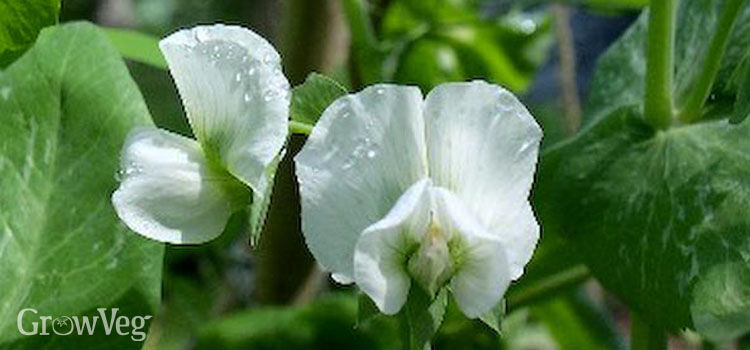Sweetpea Seed Pods Edited With Clorstrokes For Mac
Sweet Pea cultural information Sow January-March under glass in gentle heat or in April-May outdoors for flowers June-September. Can also be sown in September-October in a coldframe or greenhouse to overwinter in frames to produce earliest blooms Ideal climber, and for cut flowers. Attractive to butterflies. Prefers full sun. Pick regularly to encourage more flowers.
Sowing seed Sweet peas are easy to, although you can buy plants in garden centres in spring. But there is a far wider range of colour and scent if you grow from seed. Sowing time In milder areas sow during October or November and overwinter the young plants in cold frames or unheated glasshouse. In colder areas sow seeds in late March or April. Alternatively sow directly into the ground in March or April, but the results are generally less satisfactory. Sowing method Some cultivars have a hard seed coat and may be more difficult to germinate. Chip the hard seed coat opposite the ‘eye’ (small, round scar) using a sharp penknife to help moisture entry and germination.
Don’t soak the seeds as they are prone to rotting. Sow seed individually in root trainers or 9cm (3in) pots filled with seed compost; or five to seven seeds to a 13cm (5in) pot, spacing the seeds 2-3cm (¾-1¼in) apart.

Cover the seeds with 1cm (½in) of compost. Water in, cover the pots with clear polythene or glass and keep at about 15°C (59°F). After germination remove the covering. If not sown individually, plant out single seedlings into 9cm (3in) pots once they have reached about 3.5 cm (1½in). If, transfer the seedlings to a cold frame to prevent the seedlings to become leggy. Over winter, keep the frame opened as much as possible, but protect from heavier frosts. If sown in spring, harden off seedlings before planting out.
Plant out seedlings after the final spring frost 20-30cm (8in-1ft) apart.Grow sweet peas in fertile, well-drained, humus-rich soil and in full sun or very light dappled shade. For best results, incorporate organic matter such as garden compost or well-rotted manure at least four weeks before planting and apply a general fertiliser, such as Vitax Q4 or Growmore, at the manufacturers’ recommended dose. After planting, water the plants well during dry spells. Supports: Sweet peas are usually allowed to scramble up pea sticks, canes wigwams or trellis. Alternatively use post and netting supports. Use dwarf bush type sweet peas for pots, hanging baskets or as ground cover.
Sweet Pea Seed Pods Edited With Clorstrokes For Mac Pro
For a long and regular supply of blooms: cut flowers frequently, before they produce seed pods.This method is used by professional growers to produce top quality blooms. Cordons are trained as single-stemmed plants to individual canes, with sideshoots and tendrils removed so that all the plant’s energies are diverted into flower production. See the for more information on this method.There are many cultivars available, from high-quality exhibition blooms to those prized for their colour.
Here are three that are particularly strongly scented:For more choices, check for or use the for over 50 cultivars with images and details.Sweet peas can suffer from a wide range of problems, though few are very serious. Problems. Lathyrus odoratus ‘White Supreme’: White flowers, highly scented L. Odoratus ‘Charlie’s Angel’: Large clear pale blue flowers, scented, recommended for exhibition L. Odoratus ‘Gwendoline’: Large flowers with frosted pink effect, strongly scented. Cultivar Selection.
Cordon training. Pinching out: Remove the growing tips of autumn-sown seedlings when about 10cm (4in) high to encourage branching. It is not usually necessary to pinch out the growing tips of spring-sown seedlings although you can do if they get too long and leggy.

Pruning and training. Cultivation notes. A grey, leaf covering is caused by. will suck sap, particularly around the shoot and flower tips. Plant are known to attack sweet peas, but this isn’t that common.
Do protect young plants from and. Drought and temperature stress causes scorched foliage and bud drop. Protect young plants if significant temperature drop is forecast and always harden off indoor raised plants before planting out. Water during dry weather and avoid getting the foliage and blossom wet. Dense clusters of distorted leafy shoots, often close to ground level, are. Seedlings may grow weak and leggy, which is caused by insufficient light and excess warmth. If this occurs, move seedlings to a cooler and brighter spot.